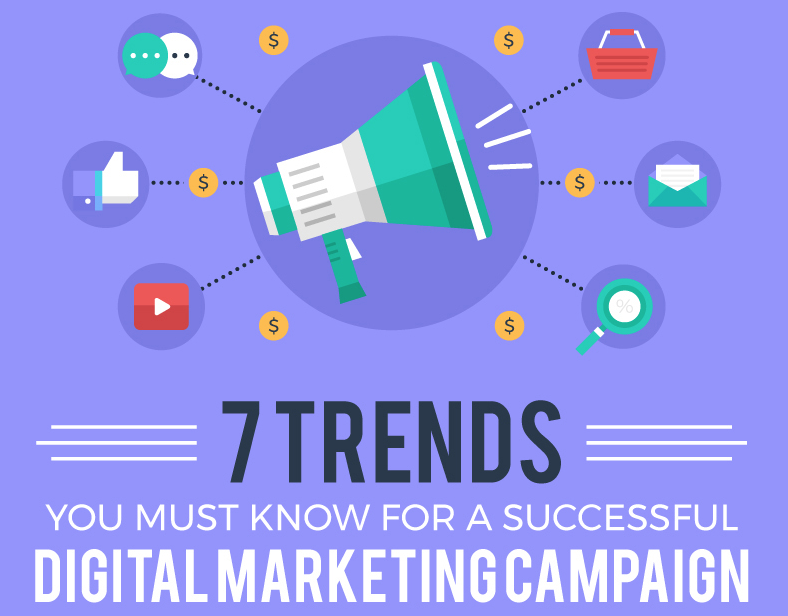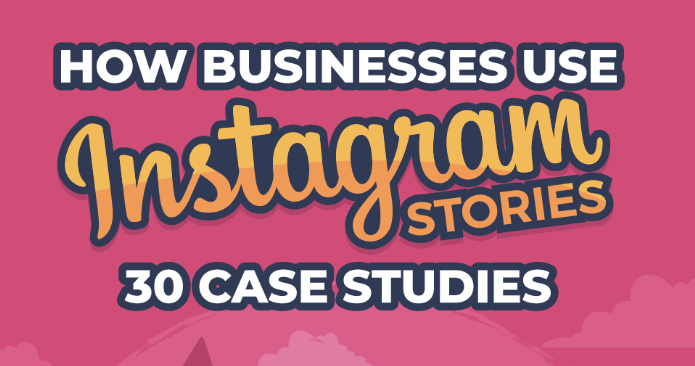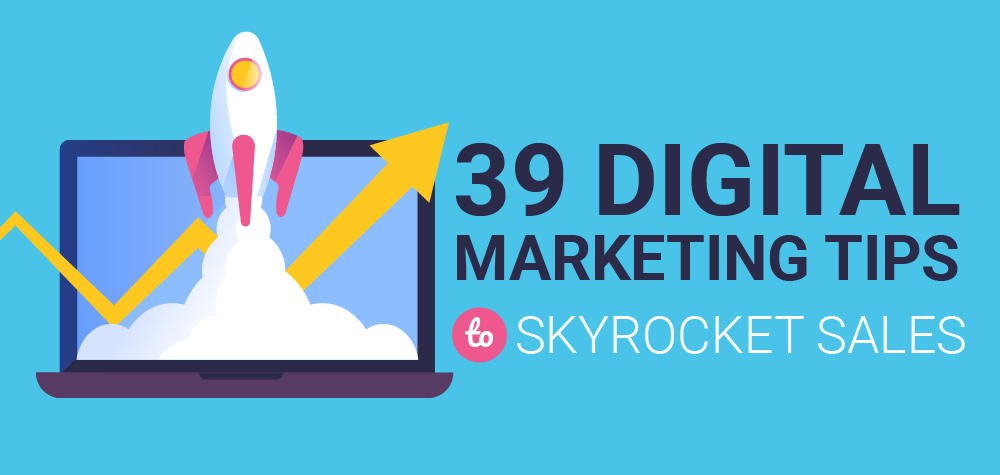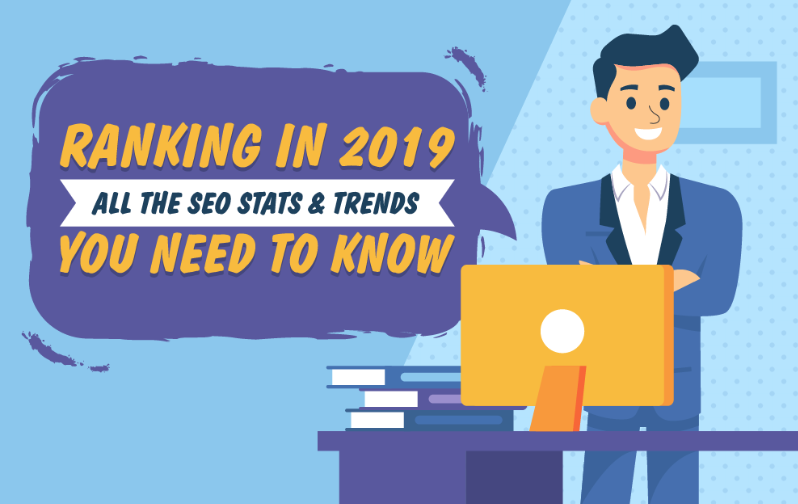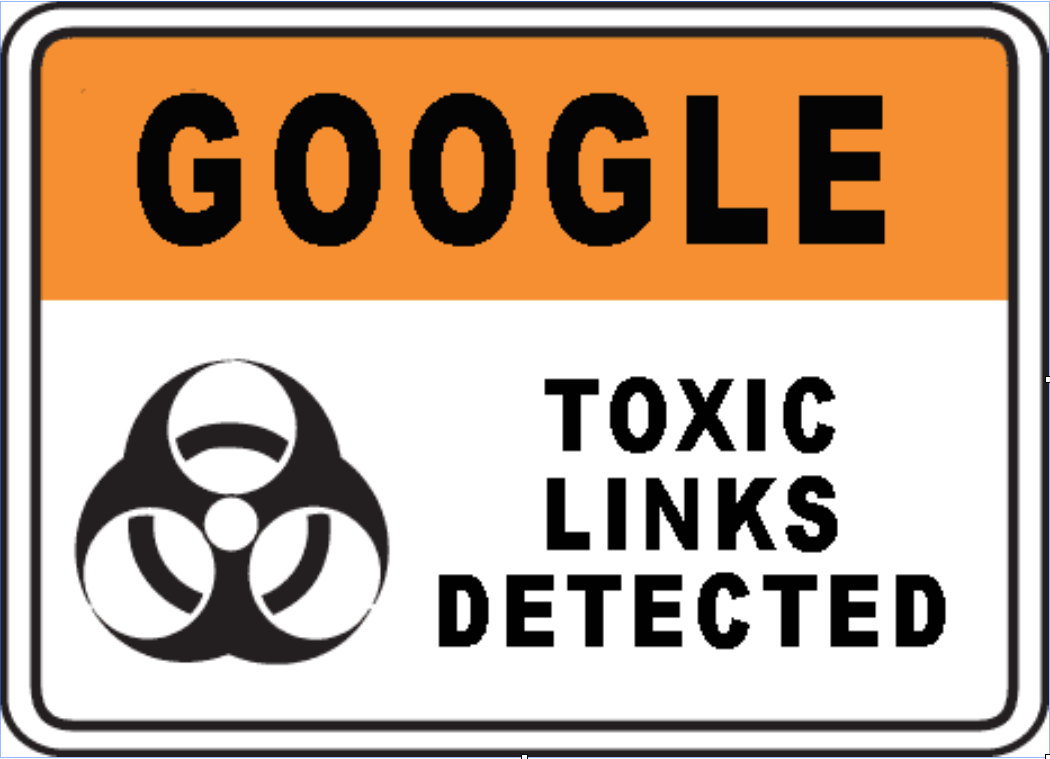2019 Digital Marketing Best Practices – Updated for 2020
February 24, 2019
7 Data-Led Insights Into Paid Social Ads
February 22, 2019
A Guide for Using Instagram Stories to Your Advantage
February 20, 2019
Creating a Winning Team for Your Digital Marketing Agency
February 19, 2019
39 Digital Marketing Tips to Skyrocket Leads & Sales
February 19, 2019
5 Mailchimp Alternatives for Advanced Email Marketers
February 18, 2019
60+ SEO Statistics to Help You Rank #1 in 2019
February 18, 2019
11 Tips To Social Media Success For 2019
February 18, 2019
Learn How To Identify Toxic Links And Remove Them
February 16, 2019
